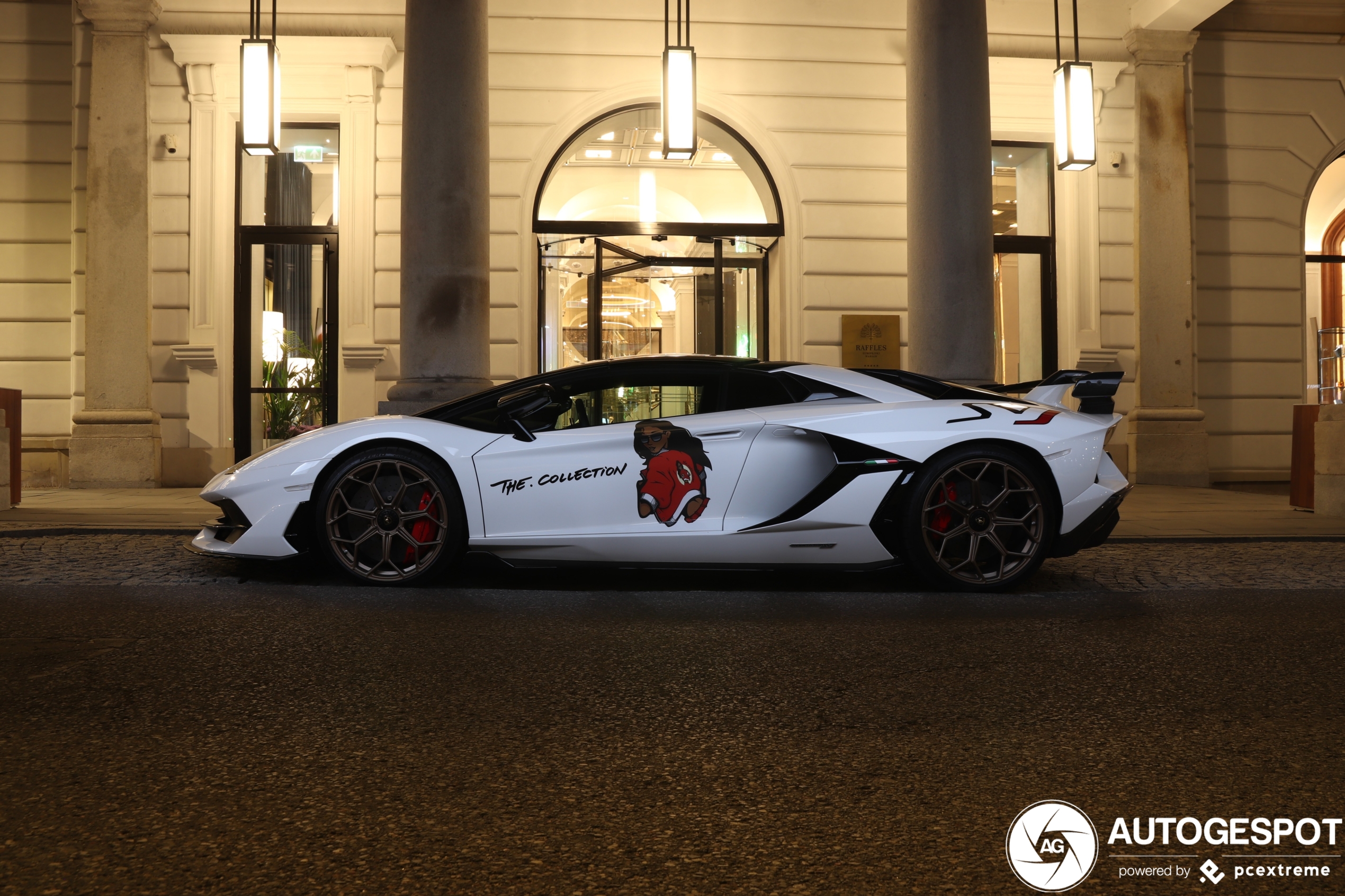
Car insurance is one of the less exciting aspects of car ownership, but it’s one that should never be neglected. Much like houses, the insurance policy used to cover classic cars differ from that of ordinary cars. Different vehicles have different values, and it also follows that the insurance needed to cover them will scale higher. Here’s how classic car insurance differs from regular car insurance.
Eligibility
In regular car insurance, all cars need to be covered by an insurance policy. All functional cars are eligible for regular car insurance coverage. On the other hand, classic car insurance is exclusive for vehicles that appreciate in value, since these cars are so rare. Cars that are eligible for classic car insurance include hot rods, modified vehicles, exotic and luxury vehicles, classic trucks, vintage military vehicles, classic motorcycles, and even antique tractors.
Insurers also impose mileage restrictions on classic cars, and applicants must be able to show that they have a different daily use vehicle, and that they are able to store the classic car properly in an enclosed and secure structure such as a private garage or a storage unit. Additional policies may also be added in order to extend coverage to valuable items attached to the insured classic car.
Total Loss Claim Value
For regular cars, the total loss value is determined only after a total loss occurs (which is equal to the cash value of the vehicle at the time of loss). On the other hand, a total loss claim value of a classic car is determined at the start of the period based on an agreed amount selected by both the customer and the insurance company.
Maximum Vehicle Value
For regular auto insurance, the maximum vehicle value is computed based on the selling price of similar make and model counterparts. Adjustments are then made based on relative mileage and condition. Only stock OEM parts are considered, while most aftermarket parts are not accounted for in total loss valuation.
In classic car insurance, the maximum vehicle value is valued above the MSRP plus labor and money investments allocated to the restoration, improvement, and customization of a vehicle. This value significantly increases based on the extent and quality of the modifications made. The value of the vehicle is also affected by its rarity, such as how many were produced and how many remain, such that these can even be bought at auctions.
Vehicle Usage
Classic car insurance is meant for collected cars that aren’t daily-driven. Car policy providers require proof that a customer has a daily-driven vehicle that’s insured on a personal auto insurance policy. Regular car insurance policies may be given to daily-driven supercars, but they will no longer qualify for classic car insurance coverage.
The reason behind the need to make classic car insurance policies exclusive is because of the interests being insured. Classic cars are extremely rare, and some of them are one of a kind. Many people ask for help with insurance claims in order to recover much of the value of a car that’s stolen or totalled. The same is even more true for high-value cars.
